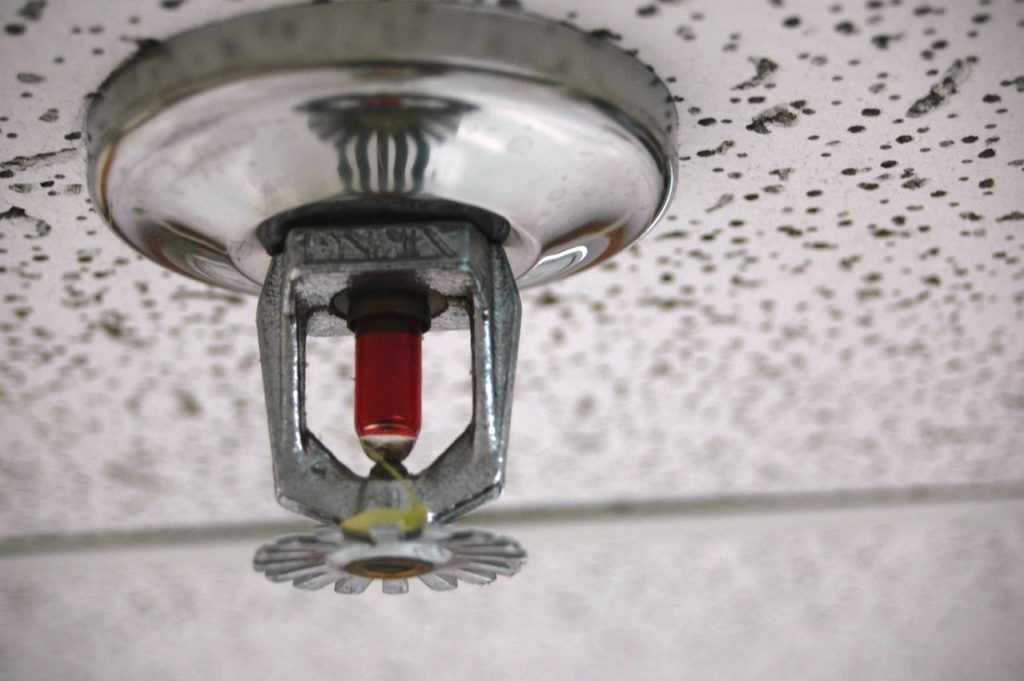The need to have an effective fire protection system in every building has become even more critical through the years. While safety fire solutions are associated with smoke detectors and water sprinkler systems in many people, the fire protection strategy goes beyond it. The fire protection systems are divided into passive and active ones, and the key to success is to use them together. This article will discuss the main differences between active and passive fire protection and why it is essential to utilize them both.
Active fire protection at a glance
Many people ask what active fire protection is, and we are here to explain. This system mostly requires some action to start working – automatic or manual. Automatic active fire protection options are water sprinkler systems, water fog systems or foam suppression systems, etc., while manual ones use a fire extinguisher.
Besides, the action from active fire protection solutions is typically accompanied by a specific signal or alert. The triggered signals mean starting efforts to suppress the occurring fire – it might be activating the sprinkler systems, calling the fire department, or closing the fire doors. Fire alarm and fire detection systems remain an essential part of general active fire protection strategies. Using fire suppression and fire detection systems in combination allows you to have more chances to extinguish flame faster and more effectively.
What is passive fire protection?
The passive fire protection measures are significant aspects of a successful fire protection strategy but can sometimes be neglected. These systems protect buildings from fire spreading and typically don’t require any action to start working. Passive fire protection systems are built during the construction of a specific building. Using fire-resistant materials in walls, windows and doors allow people to save time and evacuate before the flame spreads throughout the floors.
The dampers are determined as passive fire protection measures, too. By using them, you can prevent spreading fire and smoke in the ductwork of a building. Another example is fire doors that work excellent to separate the areas of fire. These passive fire protection variants are irreplaceable to minimize the risk of damaging and spreading fuel that a fire can use. This way, once passive fire protection measures allow you to decrease the area of fire extending, you have a chance to extinguish a fire and keep yourself away from injuries and damages.
Why do you need both fire protection systems?
Both active and passive fire protection solutions are essential to ensure the best precautions in the building. Active ones alert people about danger and help put out a fire, while passive measures do not allow the fire to spread inside a room. There is no answer to the question of which fire protection system is better to choose. Use them both to provide the faster suppression of fire and safety to people.
